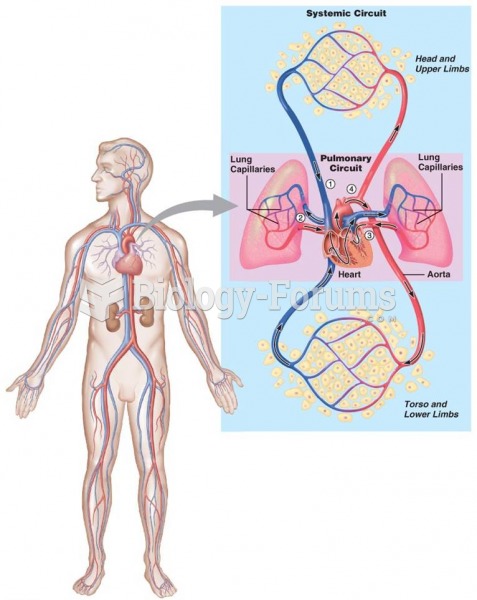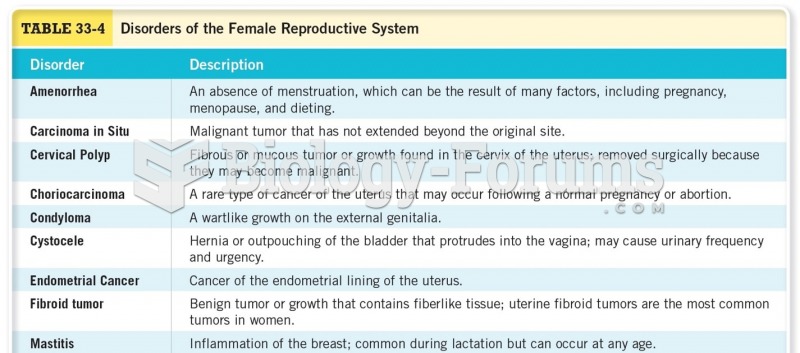|
|
|
Did you know?
The first oncogene was discovered in 1970 and was termed SRC (pronounced "SARK").
Did you know?
This year, an estimated 1.4 million Americans will have a new or recurrent heart attack.
Did you know?
According to the FDA, adverse drug events harmed or killed approximately 1,200,000 people in the United States in the year 2015.
Did you know?
The human body produces and destroys 15 million blood cells every second.
Did you know?
In 1864, the first barbiturate (barbituric acid) was synthesized.







